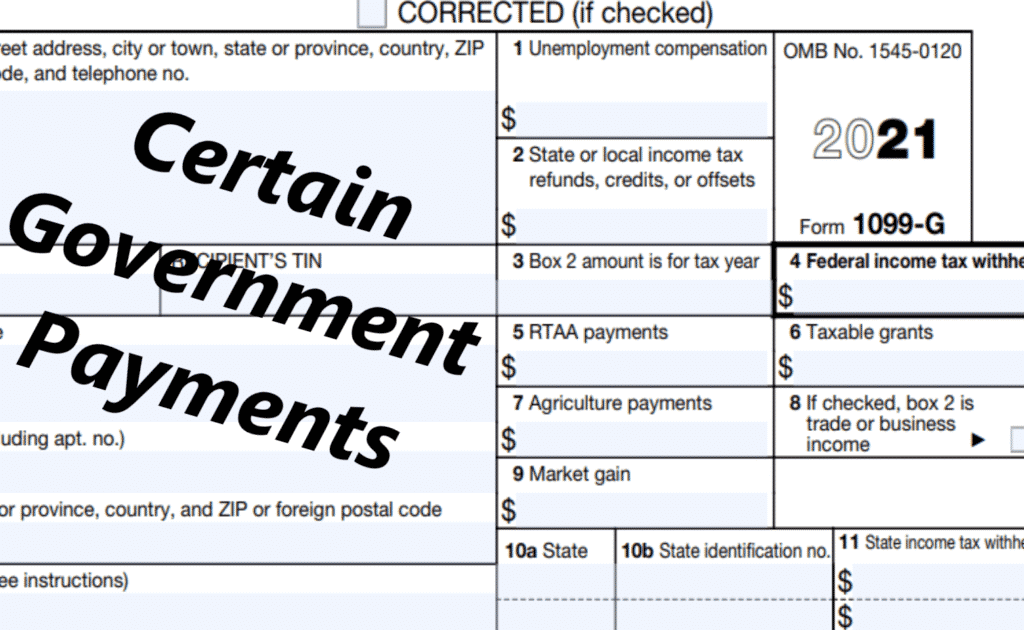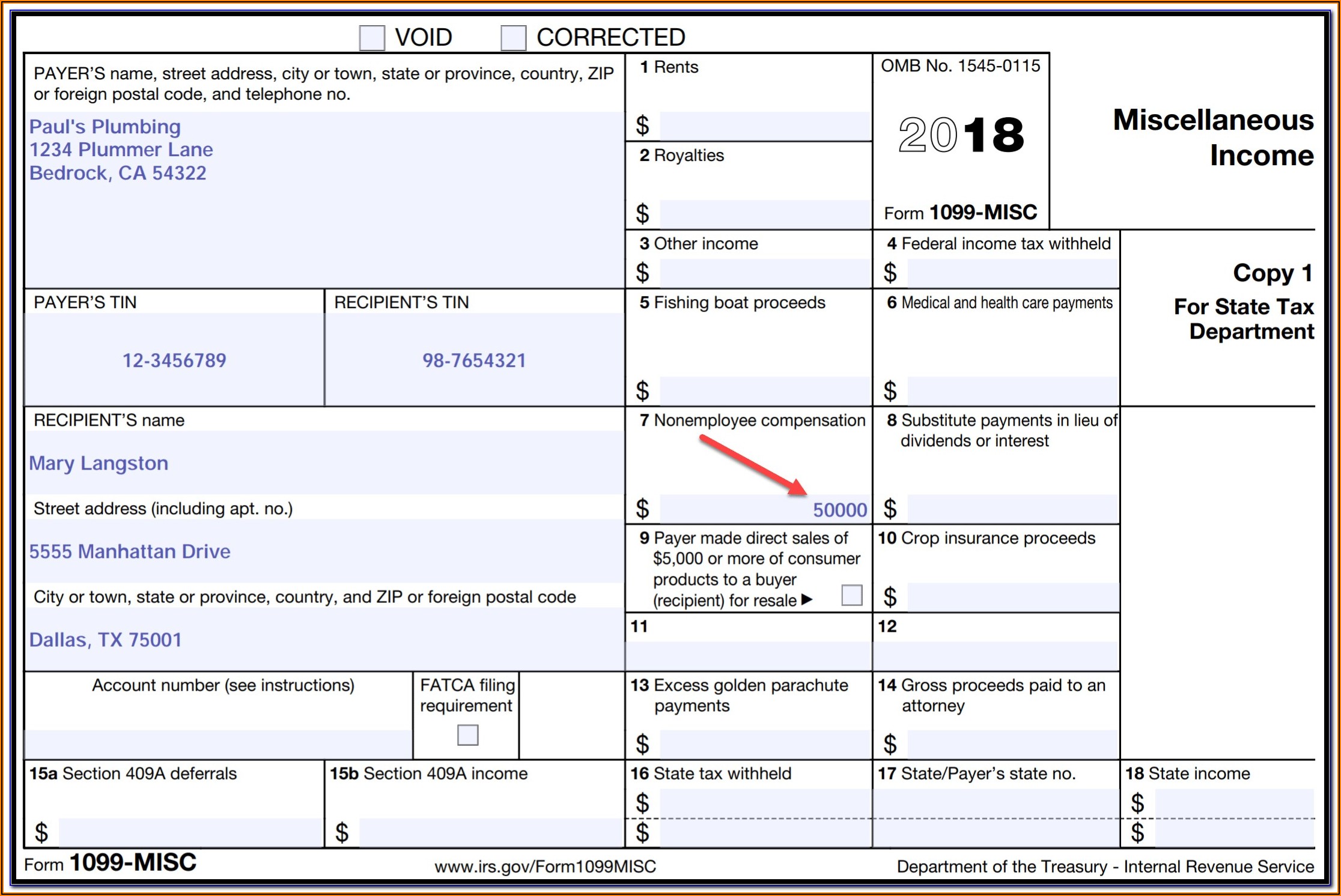Mastering The 1099-G In Colorado: A Guide To Simplify Your Tax Life
Let’s get real here, folks. If you’ve ever had to deal with the IRS or state tax forms, you know it’s not exactly a walk in the park. But when it comes to the 1099-G in Colorado, it’s like stepping into a whole new level of complexity. This form isn’t just a piece of paper; it’s your key to making sure you don’t end up owing more than you should—or worse, getting into trouble with the taxman. So, let’s break it down and make this process as painless as possible.
Now, before we dive headfirst into the nitty-gritty, let’s talk about why the 1099-G is such a big deal. For starters, it’s the form that reports certain payments made to you by government entities. Whether you’ve received unemployment benefits, state tax refunds, or other government payments, the 1099-G is your proof. And trust me, the IRS loves proof.
But here’s the kicker: the 1099-G isn’t just some random form. It’s a critical document that can affect how much you owe—or how much you get back—come tax season. So, if you’ve been scratching your head wondering what this form is all about, you’re in the right place. We’re about to decode the 1099-G in Colorado once and for all.
Read also:Did Jojo Siwa Vote For Trump The Inside Scoop Yoursquove Been Waiting For
What Exactly is the 1099-G Form?
Alright, let’s start with the basics. The 1099-G form is essentially a report card for any payments you’ve received from state or local governments. In Colorado, this could mean unemployment benefits, property tax refunds, or even lottery winnings. Yep, that’s right—your lucky numbers might come with a tax bite.
But here’s the thing: the 1099-G isn’t just about the money you got. It’s also about making sure the IRS and the Colorado Department of Revenue know exactly what you’ve received. Why? Because they want to make sure you’re reporting all your income correctly. It’s like a game of tax Tetris, where every piece has to fit perfectly.
Now, don’t freak out if you see this form in your mailbox. It’s not a bad thing—it’s just part of the process. And if you’ve been keeping good records, you’ll be golden. So, let’s move on to the next big question: why does Colorado care so much about the 1099-G?
Why Does Colorado Care About the 1099-G?
Here’s the deal: Colorado, like any other state, wants to make sure its residents are paying their fair share of taxes. The 1099-G is one of the tools they use to keep tabs on who’s getting what. Think of it as a way for the state to say, “Hey, we gave you this money, and now we need to know how it affects your taxes.”
And let’s be honest, Colorado has a lot riding on its tax revenues. From funding schools to maintaining those epic mountain roads, every dollar counts. So, when you receive a 1099-G, it’s not just about you—it’s about the bigger picture of how the state operates.
But here’s the good news: Colorado makes it pretty straightforward to file your taxes with the 1099-G. They’ve got tons of resources online, including calculators and FAQs, to help you navigate the process. Plus, if you’re using tax software, most platforms will automatically import your 1099-G info. Easy peasy, right?
Read also:Is Gorecenter Safe Unveiling The Truth Behind This Controversial Platform
Who Gets a 1099-G in Colorado?
Not everyone in Colorado will receive a 1099-G, but if you’ve had any dealings with the state government, you might. Here’s a quick rundown of who typically gets this form:
- Unemployment Recipients: If you collected unemployment benefits during the year, you’ll definitely get a 1099-G. This includes both state and federal unemployment payments.
- Tax Refunds: Got a refund from the Colorado Department of Revenue last year? That’ll show up on your 1099-G.
- Property Tax Credits: If you received a property tax credit or rebate, expect to see it on your 1099-G.
- Other Government Payments: This could include things like lottery winnings, agricultural payments, or even certain grants.
Now, if you’re wondering how you’ll know if you’re getting a 1099-G, the answer is simple: the state will send it to you. And if you don’t receive it by late January, you’ll want to follow up. Trust me, you don’t want to miss out on this important document.
How to Read Your 1099-G Form
Okay, so you’ve got your 1099-G in hand. Now what? Let’s break it down section by section so you can make sense of all those numbers and boxes.
First up, you’ll see your name, address, and Social Security Number at the top. Double-check this info to make sure everything’s correct. After that, you’ll find boxes labeled with different types of payments. Here’s a quick guide:
- Box 1: This shows the total amount of unemployment compensation you received.
- Box 3: Here’s where you’ll find any state tax refunds or credits.
- Box 7: This is for other types of government payments, like lottery winnings or property tax credits.
Now, if you’re scratching your head wondering what all these numbers mean, don’t worry. We’ll cover that in the next section. But for now, just know that each box corresponds to a specific type of income, and you’ll need to report it on your tax return.
Common Mistakes to Avoid with the 1099-G
Let’s face it: tax forms can be confusing, and the 1099-G is no exception. Here are some common mistakes people make when dealing with this form—and how to avoid them:
- Forgetting to Report Income: One of the biggest mistakes is not reporting all the income listed on your 1099-G. Even if it seems small, every dollar counts.
- Missing the Deadline: You’ve got until April 15 to file your taxes, but don’t wait until the last minute. Start early so you have time to double-check everything.
- Not Keeping Records: Always keep a copy of your 1099-G in case you need to reference it later. You never know when the IRS might come knocking.
And here’s a pro tip: if you’re unsure about something on your 1099-G, don’t hesitate to reach out to a tax professional. They can help you navigate the complexities and make sure you’re doing everything right.
How to File Your 1099-G in Colorado
So, you’ve got your 1099-G. Now it’s time to file it. Here’s how:
Step 1: Gather all your tax documents, including your W-2s, 1099s, and any other forms you might have.
Step 2: Use tax software or hire a professional to help you input all the information. Most platforms will automatically pull in your 1099-G data if you’ve received it electronically.
Step 3: Double-check everything before submitting. Make sure all the numbers match and that you’ve reported all your income.
And that’s it! Once you’ve filed, you can sit back and relax, knowing you’ve taken care of your tax obligations. Easy as pie.
Using Tax Software to Simplify the Process
If you’re thinking about using tax software, you’re not alone. Millions of people rely on platforms like TurboTax or H&R Block to file their taxes. And for good reason—they make the process so much easier.
Here’s how it works: you simply input your information, and the software does the heavy lifting. It’ll calculate your taxes, check for errors, and even help you find deductions and credits you might have missed. Plus, most platforms offer free support if you have questions.
But remember, even with software, it’s still up to you to make sure everything’s accurate. So, take your time and don’t rush through the process.
Tax Deductions and Credits Related to the 1099-G
Now, let’s talk about the fun part: deductions and credits. If you’ve received unemployment benefits or other government payments, there might be ways to reduce your tax bill. Here are a few to look out for:
- Unemployment Tax Breaks: Depending on your income, you might qualify for a break on your unemployment benefits. Check with the IRS or a tax professional to see if you’re eligible.
- State Tax Credits: If you received a refund from Colorado, you might be able to claim a credit on your federal return.
- Other Credits: Depending on the type of payment you received, there might be other credits available. Again, a tax professional can help you find them.
And here’s the best part: many of these deductions and credits can be claimed using the same tax software you used to file your 1099-G. So, it’s all in one place.
What Happens if You Don’t File Your 1099-G?
Okay, let’s talk about the not-so-fun part. If you fail to file your 1099-G—or worse, ignore it altogether—you could be in for some trouble. The IRS and the Colorado Department of Revenue take tax compliance seriously, and they’ve got ways of finding out if you’ve skipped out on your responsibilities.
Here’s what might happen if you don’t file:
- Fines and Penalties: You could face fines for not filing on time, plus interest on any taxes you owe.
- Audit Risk: Ignoring your 1099-G could increase your chances of being audited. And trust me, no one wants that.
- Legal Issues: In extreme cases, failing to file your taxes could lead to legal trouble. Yikes.
So, do yourself a favor and file your 1099-G on time. It’s not worth the risk.
Resources for Understanding the 1099-G in Colorado
Still feeling a little lost? Don’t worry, there are plenty of resources out there to help you make sense of the 1099-G. Here are a few to check out:
- Colorado Department of Revenue: Their website has tons of info on the 1099-G, including FAQs and guides.
- IRS Website: The IRS also has resources for understanding the 1099-G and how it affects your federal taxes.
- Tax Professionals: If you’re really stuck, consider hiring a tax professional. They can walk you through the process and make sure everything’s done right.
And remember, you’re not alone. Millions of people deal with the 1099-G every year, and there’s plenty of support available to help you navigate it.
Final Thoughts on the 1099-G in Colorado
So, there you have it—the lowdown on the 1099-G in Colorado. While it might seem intimidating at first, it’s really just another piece of the tax puzzle. By understanding what it is, how it works, and how to file it correctly, you can take control of your tax situation and avoid any headaches down the road.
And here’s the bottom line: don’t let the 1099-G scare you. With the right tools and resources, you can tackle it head-on and make sure you’re staying compliant with both state and federal tax laws.
So, what are you waiting for? Grab your 1099-G, fire up your tax software, and let’s get this show on the road. Your wallet—and your peace of mind—will thank you.
Call to Action
Now that you’ve got the scoop on the 1099-G in Colorado, it’s time to take action. Leave a comment below if you’ve got any questions or share this article with a friend who might find it helpful. And if you’re ready to dive deeper into tax tips and tricks, check out our other articles. Let’s make tax season a breeze
Article Recommendations


